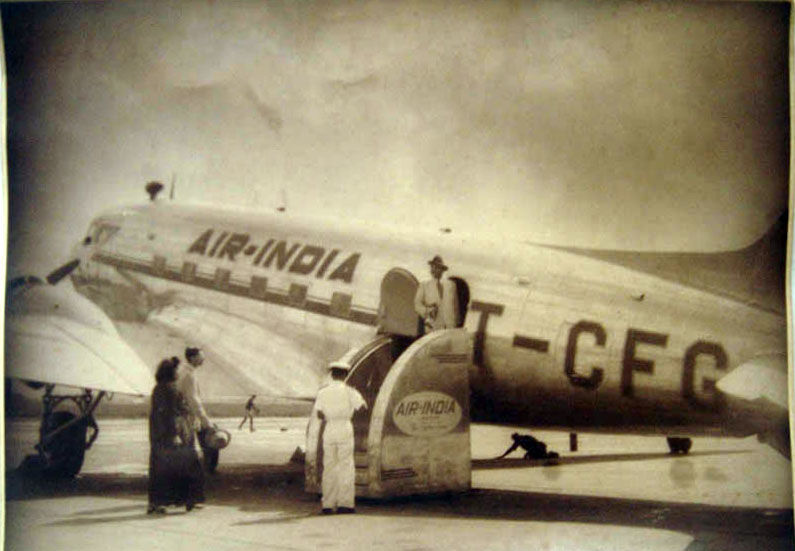On 29 July 1946, Air India launched operations. Namely, the once-established national player entered the world of international air travel under that name.
Air India's predecessor, Tata Airlines, was founded by aviator and entrepreneur Jehangir Tata, who worked as a pilot on a single-engine plane carrying mail from Karachi to Bombay via Ahmedabad. The company went out of business following the outbreak of World War II.
On 29 July 1946, the company changed its name to Air India and played a crucial role in India's future development. Being the last major company created under British rule, it would become the first national company of independent India. In 1948, following India's independence, a 49 percent stake in the firm would be acquired by the Indian government with an option to acquire another two percent. The airline would then gain flagship status and operate international routes under the new name Air India International. For the young nation, having a major high-tech transport company would not only be a matter of prestige, but also an important economic breakthrough.
The company would strive for high-quality performance and cutting-edge achievements. On 8 June 1948, the Lockheed Constellation L-749A, bearing the name "Princess Malabar", would fly on a route from Bombay to London via Cairo and Geneva. This would be Air India's first long-haul international flight, and in 1950 it would also open a connection to Nairobi via Aden. Such long-haul flights at the time were rarely operated even by companies in developed countries. The firm would receive a lot of attention from the Indian government and its rapid growth would become a model for many post-colonial countries, but few even today would be able to reach such a level. The success of Air India was only possible because of the Jawaharlal Nehru government's focus on technological progress, industrialisation, and education.
Source:
























